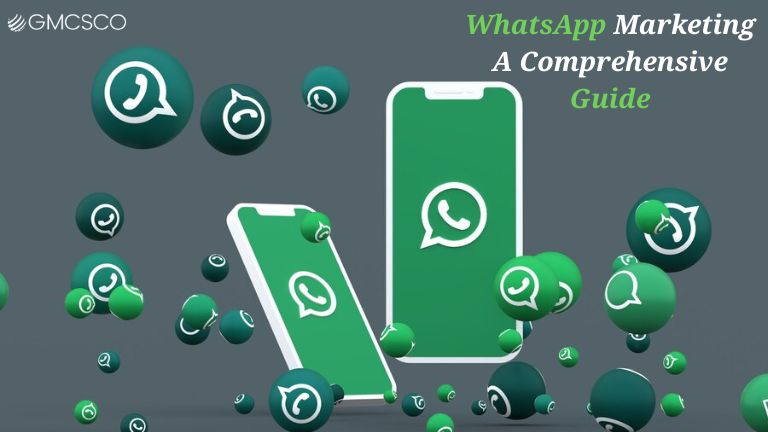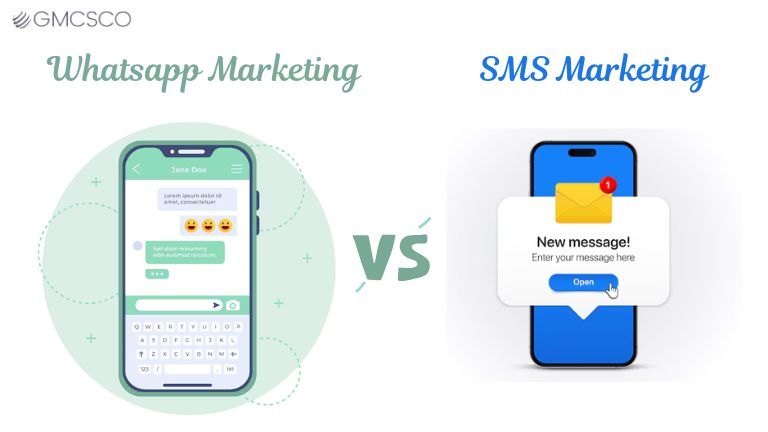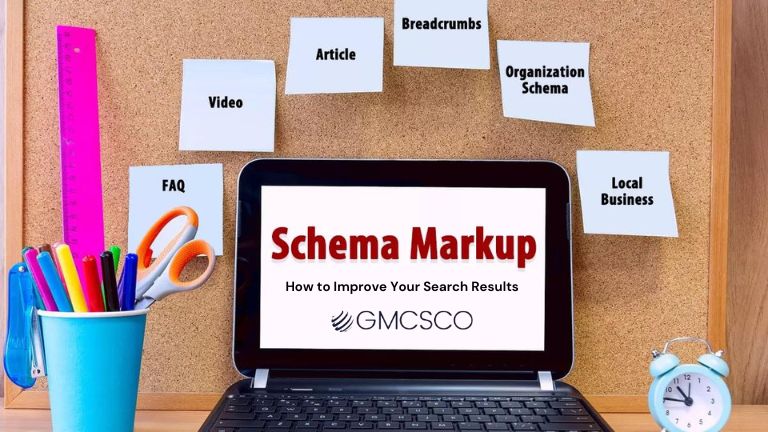WhatsApp Marketing for Restaurants
Restaurant Business Strategies – In an instant-paced digital world, restaurants always look for new ways to attract customers, market their products, and run their operations seamlessly. Of all the tools that have recently emerged to fulfill this need, WhatsApp has likely been the most effective. Being a popular platform, WhatsApp enables restaurants to reach customers directly, thereby improving the dining experience. In this article, we will discuss WhatsApp marketing tips for restaurants, using WhatsApp for marketing and taking orders, crafting messages, and campaign ideas tailored to restaurants. WhatsApp for Restaurants: How to Market and Accept Orders Direct Communication Channel: WhatsApp is your direct line of communication between the restaurant and the customers. Using WhatsApp for Restaurants helps to keep customers updated about new menu items, special offers, and events. For example, notifying about a new dish or a flash offer can drive visits or orders. Taking Orders: Ordering via WhatsApp is a convenient way for customers to place orders easily without phone calls or forms. Set up a dedicated WhatsApp number where customers can message orders directly. This makes it easier to place orders, and since it’s real-time, staff can confirm orders, suggest modifications, or answer queries instantly. Menu Sharing: Send a visually appealing PDF or image of your menu so that customers can view your offerings easily. This is helpful for people who may not have visited the website or app. Plus, you can include high-quality pictures of your dishes, encouraging customers to order more. Customer Engagement and Feedback: WhatsApp is one of the best tools for interacting with your customers. Request them to share their dining experiences, feedback, and reviews on WhatsApp. This helps create a sense of community and provides valuable insights into customer preferences. Promotions and Discounts: Build a list of subscribers who have opted to receive messages and share special deals, happy hour promotions, and loyalty rewards. This strategy can attract visitors and encourage repeat customers. How to Craft Effective WhatsApp Messages for Restaurants Use Personalization: Personalization is crucial. Address customers by their names and refer to past orders. For example, “Hi Sarah! We trust you savored your last meal with us. We have a new pasta dish we think you’ll love!” Keep It Short and Sweet: Since WhatsApp is designed for quick communication, keep messages brief and engaging. Avoid lengthy paragraphs—use bullet points or emojis for clarity. Include Visual Content: High-resolution photos of your food, promotional graphics, or short videos of your restaurant ambiance can evoke cravings and entice customers to order. Call to Action (CTA): Include a clear call to action in every message. For example, “Book today and get 20% off your first order delivered!” Use Storytelling: Establish a deeper connection by sharing your restaurant’s story, chef highlights, or signature dish narratives. Storytelling captivates your audience and strengthens brand loyalty. Best Practices on WhatsApp Marketing for Restaurants Opt for a Bulk WhatsApp Marketing Service: Manage your marketing campaigns efficiently with a bulk WhatsApp service. Many providers offer features such as message scheduling, analytics, and automated responses, strengthening your marketing efforts. Build a Subscriber List: Grow your WhatsApp marketing by encouraging customers to sign up during reservations, on your website, or through opt-in promotions. Schedule Regular Updates: Consistency keeps customers engaged. Set regular updates about new menu items or special offers, but avoid overwhelming subscribers with too many messages. Monitor Customer Feedback: Collect feedback through WhatsApp to understand customer needs. This helps improve offerings and customer service. Track Campaign Performance: Monitor open rates, engagement rates, and conversion rates to refine your messaging strategy. Leverage Automation: Automate responses for frequently asked questions like hours, menu details, or delivery options to save time and ensure quick replies. Run Contests and Giveaways: Encourage customers to share dining experiences, tag your restaurant, or refer friends. This boosts engagement and extends your reach. Collaborate with Influencers: Partnering with local food influencers can expand your visibility. Having influencers share their experiences can attract new customers and establish credibility. Stay Compliant with Regulations: Ensure compliance with privacy laws by obtaining consent before sending promotional messages. This builds trust and adheres to legal guidelines. Offer Exclusive Deals: Encourage customers to join your WhatsApp list by offering exclusive deals. This creates excitement and boosts engagement. Conclusion WhatsApp Marketing for Restaurants is a unique way to keep customers engaged and streamline restaurant operations. Restaurants can use the platform’s features to promote offerings, take orders, and build customer loyalty. When running a large-scale campaign, consider using a bulk WhatsApp service provider in Bangalore to ensure smooth communication. Tailor your messages to resonate visually with customers. Implementing these strategies can help your restaurant thrive and harness the benefits of WhatsApp marketing. Embrace this innovative tool and watch your restaurant flourish!







